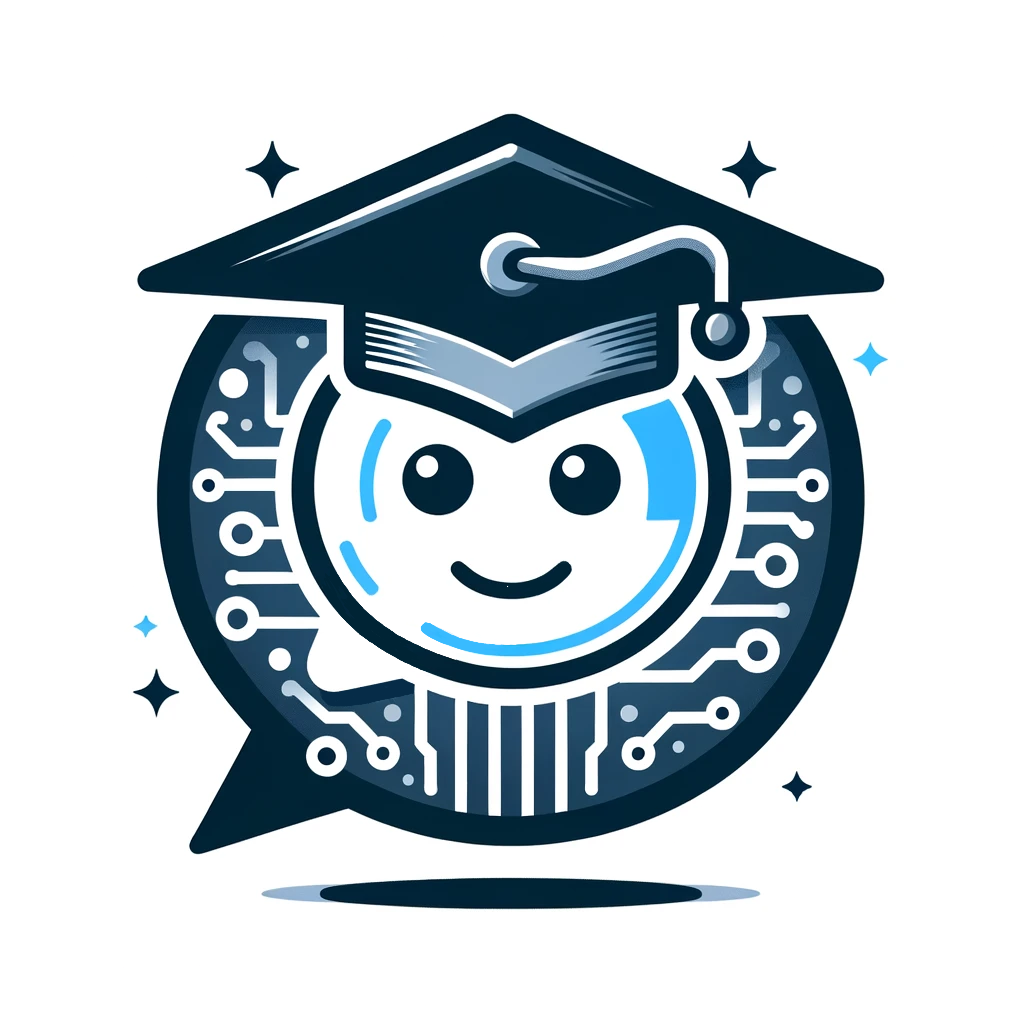Creating a New Assistant
The Assistants API is an enhancement of the previous OpenAI API, specifically designed to simplify the creation of AI-powered assistants, such as chatbots, for developers. Here, we start with an in-depth look at the Assistants API’s features. Next, there is a video tutorial explaining how to create a new assistant using the OpenAI Playground (i.e., without any code). The video tutorial is followed by a list of best practices for creating assistants. This section ends with a video explaining the difference between OpenAI’s CustomGPTs and the Assistants API.
What is the OpenAI Assistants API?
-
Managing Conversations with Threads
Traditional chatbots necessitate ongoing conversations, which are difficult to manage, especially as the conversation lengthens and exceeds the GPT’s context window. Developers previously had to decide how to manage past conversation data. The new “Threads” feature shifts the OpenAI model from a stateless to a stateful approach, allowing prior interactions to be stored by OpenAI, thus easing the developer’s burden. -
Text Storage with Retrieval Tools
The presentation also introduced retrieval tools, although their distinctiveness from the threading feature wasn’t clear. These tools might enable storing text as numeric vectors in a vector database, facilitating later retrieval for use in prompts. This suggests a possible integration of a vector database into the Assistants API, offering new capabilities for extended interactions and factual accuracy in responses. -
Built-in Code Interpretation
The Assistants API might incorporate a feature akin to ChatGPT’s Advanced Data Analysis tool, enabling GPT to execute Python code based on natural language commands. This suggests a deeper integration of coding capabilities within the API. -
Enhanced Function Calling
Improvements in function calling were also announced. The API now includes a “JSON mode” for more accurate and valid JSON responses, aligning better with defined function signatures. This upgrade aims to facilitate smoother integration of AI agents and natural language interfaces in software. -
No-Code Creation from the OpenAI Playground We can create new Assistants from the OpenAI Playground using natural language, without writing any code.
How to set up an Assistant on OpenAI Platform
Below is a very helpful video tutorial that walks you through the steps of setting up an OpenAI Assistant. Note, the relevant portion of the tutorial ends when the narrator begins discussing deployment on bubble, although that is an alternative way of deploying a custom assistant.



